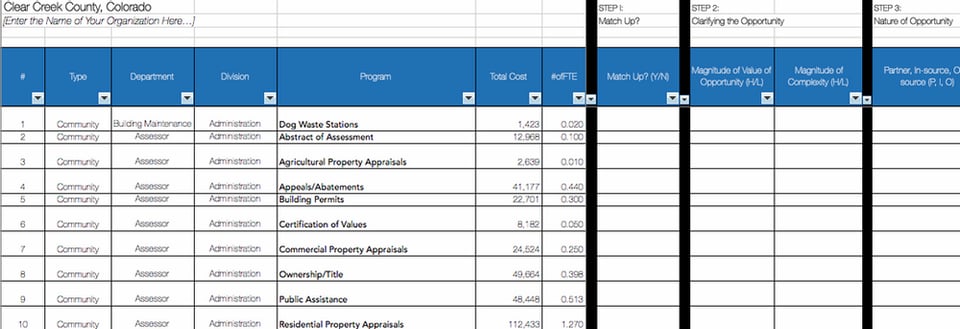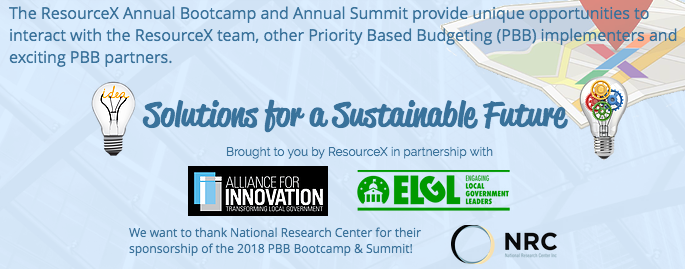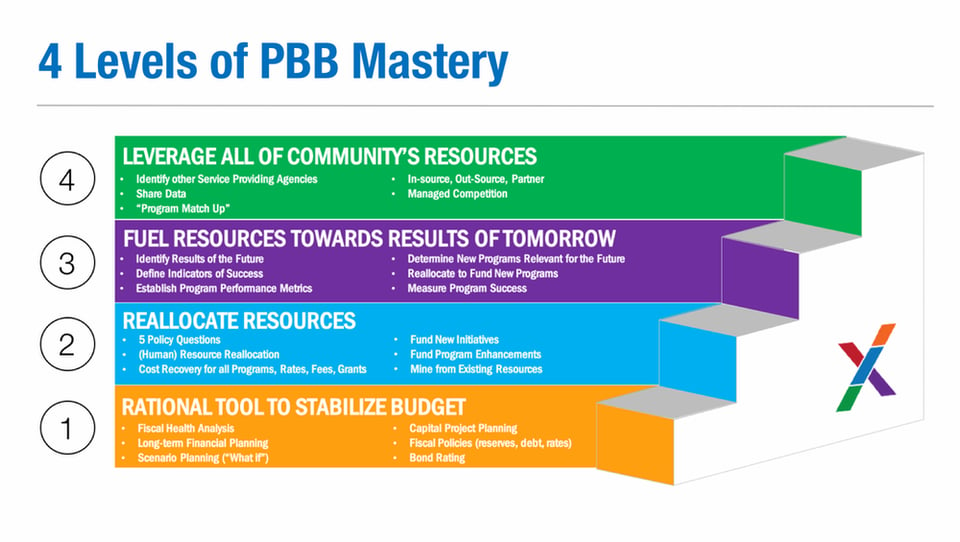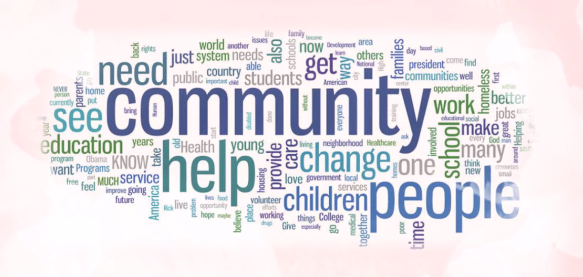“Our greatest source of new resources for any of our communities is not necessarily new revenue, but freeing up our own staff from programs that are less aligned with outcomes, or better yet among those that we can tap partners to provide; and re-allocating them to the new programs we desire to launch, or the programs that need additional staffing.”
Ted Gaebler, co-author of “Reinventing Government,” once told us something really profound about the nature of resource reallocation in his assessment of Priority Based Budgeting. He described how we have so many challenges in our communities that go unaddressed because we perceive we don’t have the money to start new programs, or we don’t have the people, the human resources available to staff program enhancements.
We have homelessness issues that require new resources to address, or we want to tackle to Opioid Epidemic or planning for a future with autonomous vehicles; but our current resources are tied up, and opportunities for generating new revenue by way of tax increases are limited.
Argued Gaebler: “our greatest source of new resources for any of our communities is not necessarily new revenue, but freeing up our own staff from programs that are less aligned with outcomes, or better yet among those that we can tap partners to provide; and re-allocating them to the new programs we desire to launch, or the programs that need additional staffing.”
In order to refuel our unique and extraordinary efforts as local governments to dramatically improve the future, we must mine from within. But how?
The concept is quite simple, and yet can sometimes escape us: how can we discover and partner with other organizations in our community who are pursuing the same societal objectives are we are? Can we leverage their efforts, programs and services to tackle the challenges we seek to address in our community? And can we discover opportunities to not only partner but merge and consolidate services, thereby freeing up our own staff and money to reallocate elsewhere?
In our opinion, the breakthrough principle of identifying partners and leveraging them to create a fantastic future are precisely those espoused in Bruce Katz's "The New Localism", Stephen Goldsmith's "New City O/S" and Tim O'Reilly's "Gov 2.0" and "Government as a Platform."
And PBB-implementing organizations such as Moffat County CO, Washington County WI, and Toledo OH are creating, and tapping into local partnerships with breath-taking results.
View the ResourceX "Leveraging Partnerships to Fund the Future" video above.
Through Program Mapping, Priority Based Budgeting communities are showing us the way to an entirely different future. By rethinking the services we offer, reassessing (re-understanding) and clarifying why we’re relevant to the public, and substantially reallocating the abundance of resources available to government and to every institution serving the public good, these communities have created a profoundly compelling alternative solution to freeing up vast amounts of resources (60% of Moffat County’s budget has been identified as ideal for partnership opportunity, regional in-souring, or out-sourcing!).
And by understanding their opportunities to leverage other service providers – in both the public and private sectors – they are freeing up resources in their community to successfully approach the future.
Related Articles
Massive Regional Resource Optimization Initiative Underway in Moffat County, CO
Washington County, WI Invites Neighbors to Consolidate Services or Merge





